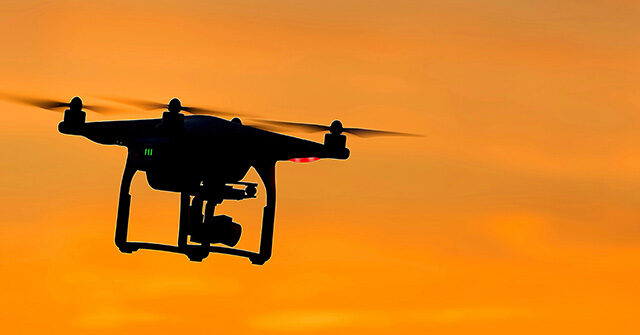On a recent Friday, the Federal Aviation Administration (FAA) announced an immediate prohibition on drones flying over certain critical infrastructure sites in New York, a response mirrored by New York Governor Kathy Hochul. This ban, which will remain in effect until January 18, is outlined as a precautionary measure, with Governor Hochul emphasizing that there are currently no known threats to the sites in question. In light of this increasing drone activity, the FAA also reserved the right to employ potentially lethal measures against unmanned aircraft that may pose an “imminent security threat.” This declaration reflects a broader concern within government agencies about the security implications posed by drones, particularly in sensitive areas.
Despite the lack of confirmed threats, Governor Hochul expressed her intent to maintain an aggressive monitoring approach while advocating for Congressional action to provide states and local entities with enhanced authority and resources. This underscores the evolving challenges presented by drone technology and the need for legislative frameworks to adapt to these changes effectively. Hochul reiterated that the safety of the public is her foremost commitment, alluding to the pressing necessity of safeguarding citizens against unforeseen dangers associated with the misuse of drone technology over critical infrastructure.
The ban encompasses a total of 22 designated infrastructure sites in New Jersey and 29 in New York, driven by a notable rise in drone sightings observed throughout the eastern U.S. in recent weeks. This surge has sparked a plethora of theories among residents, including suspicions about foreign involvement. Amid these speculations, authorities have remained reticent, with President Joe Biden downplaying the sightings as unremarkable while former President Donald Trump called for transparency regarding the mysterious drone incidents. These divergent perspectives highlight the complexity and public curiosity surrounding the regulation and implications of drone use in proximity to critical sites.
Under the new order, operational restrictions mandate that drones cannot be flown below 400 feet, the regulatory ceiling designated for recreational drone activities by the FAA. The restrictions are indicative of a focused regulatory approach amidst growing public concern over drone usage and the potential for misuse or accidental interference with critical infrastructure. The New Jersey bans are set to expire on January 17, while specific prohibitions affecting Trump’s golf course at Bedminster will extend until January 31, following his presidential inauguration. This delineation of timelines raises questions about the intersection of policy and personal interests in governance.
In light of the elevated rate of drone sightings, enforcement measures have been put in place to ensure compliance, with pilots flying in the restricted zones facing the possibility of interception and detention by law enforcement. Such legal ramifications serve as a deterrent as authorities work to mitigate potential crises arising from unmanned aerial vehicles. This response indicates a proactive stance from law enforcement aimed at maintaining order and public safety amid a rapidly evolving technological landscape that challenges existing regulatory frameworks.
Overall, the FAA’s decision to implement stringent drone restrictions over vital infrastructure in New York and New Jersey reveals deeper security concerns and the urgent need for legislative responses to manage drone technology effectively. The situation exemplifies a national dialogue on airspace security, technological adaptation, and community safety, with state and federal authorities collaborating to address rising apprehensions. With the evolving nature of drone use, the future of airspace regulation remains uncertain yet critical, marking a pivotal moment in how society will navigate the balance between innovation and safety.

